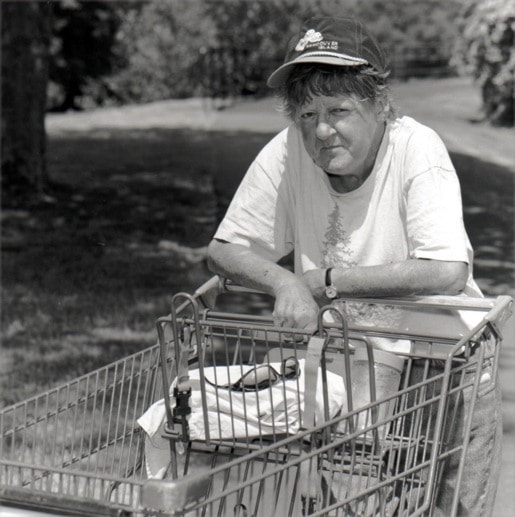Dear editor,
Like Anne Davis (letter to editor March 22), I also support the Cliffe Avenue site for the new homeless shelter.
A shelter downtown won’t draw the homeless and near homeless to downtown. They’re already there.
People become homeless for many reasons. Yes, it might be because of drugs or mental health problems.
But people also become homeless due to brain injuries, physical disabilities, the need to escape abusive spouses, learning disabilities and low incomes. (There are working homeless in the Comox Valley.)
During 2009 and 2010, photographer Barry Peterson and I documented the stories of some of the Valley’s homeless people. Our On the Edge project really opened my eyes to the enormity of the homeless problem and how many of them are in downtown Courtenay.
Women told me heartrending stories of walking miles to stay warm on winter days until they could return to the Salvation Army shelter in the evening. And many formed relationships with unstable men as a way to protect themselves and their belongings from assault, rape and theft.
A couple of years ago a man died late one winter night behind Shoppers Drug Mart. If there had been a 24-hour homeless shelter nearby, perhaps he would have been spared that cold and lonely death.
The story that haunts me the most though, is Ruby’s.
If you spend much time downtown, you probably saw her pushing her shopping cart full of bottles. “I’m a survivor but I won’t be if I have to spend one more winter outside,” the 51-year-old told me the summer of 2009. Ruby was still homeless when she died Oct. 18, 2010.
It’s time to take the blinders off. The homeless are already downtown and they need help.
And the Valley needs economical housing to prevent more people from becoming homeless and to provide a place for people to live when they get their lives together.
Paula Wild,
Comox Valley
